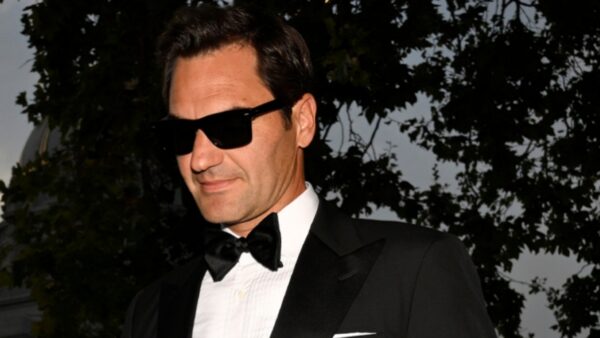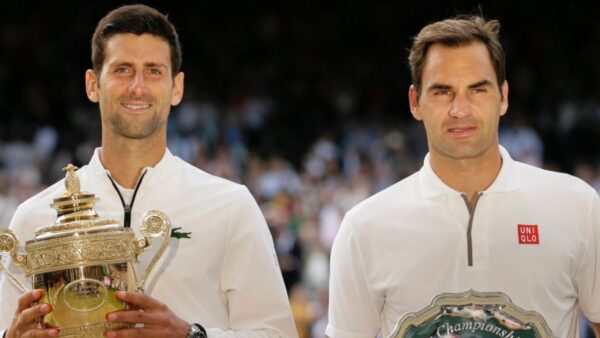Novak Djokovic’s plea of preserving the Centre Court at Wimbledon is falling only on deaf ears
Novak Djokovic iterates Wimbledon needs to show some practicality instead of sticking true to their age old traditions as drama continues.
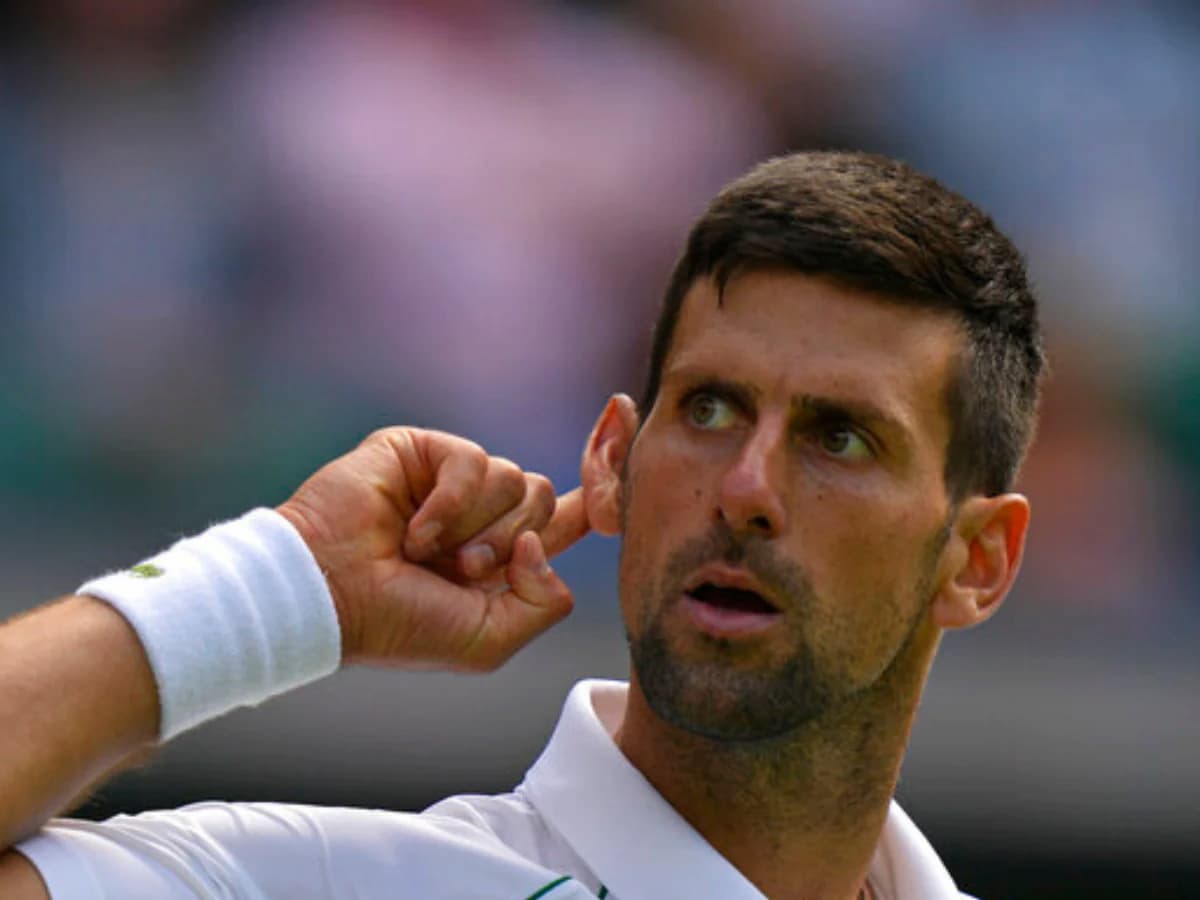
Novak Djokovic (Credits: News18)
🔍 Explore this post with:
Watching Novak Djokovic struggle against Hubert Hurkacz at The Championships on Sunday and Monday was akin to watching Jekyll and Hyde. Eventually, the winner of 23 Grand Slam titles moved into the quarter-finals on Tuesday, but it was laced with tense moments. Tennis fans have gotten used to seeing the Serbian in cruise control mode as if he hits the autopilot button and relaxes in the cockpit.
However, in 2023, Novak has been different, not the same authoritative, aggressive combatant who pounds opponents. He was bothered by Hubert, from Poland, before the champion showed his pedigree. After the match, Novak spoke of how this night curfew and having to finish before 11 P.M. has been irksome.
At the press conference, Novak was prompted if he thought Wimbledon should advance match timings on Centre Court and Court No.1. Novak answered in the affirmative, as going to bed with an unfinished match is like not having completed your job/assignment. The 11 P.M. curfew bell cannot be avoided and the first man who had expressed his frustration is Sir Andy Murray.
The position in which Andy was and then lost, frustration writ large over his face. The 2023 Wimbledon may have been his last essay. Perhaps it is time to jog the readers’ memory and go back to the times when organizers at Wimbledon were never in a hurry. In the good old days, when tennis on grass was slick and fast, 2 P.M. British Standard Time was the norm for Centre Court and the No.1 Court. Why? Brits are lazy. Plus, the Royalty never wakes up early and the nouveau rich also have a heavy brunch and only then step out well past noon. They made tennis wait, literally!
Keep Exploring: Daniil Medvedev jumps to Victoria Azarenka’s defense over unjust booing after losing to Elina Svitolina in Wimbledon
Wimbledon has already made the change to Centre Court’s timing
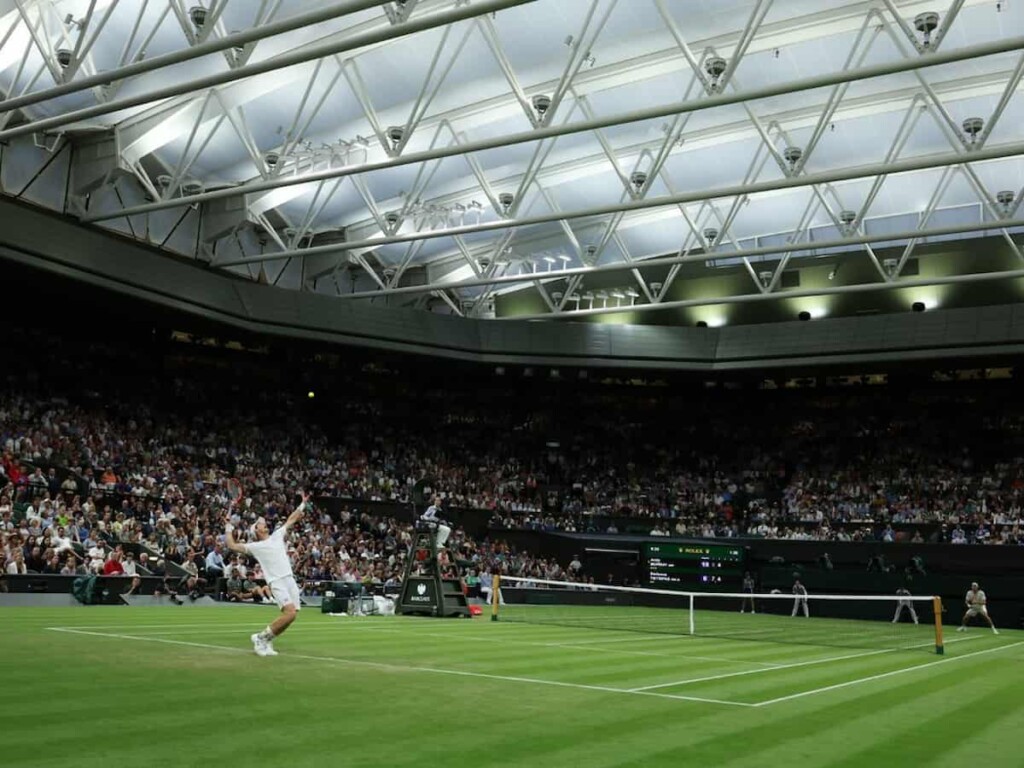
Times are changing, we hear that, at Wimbledon. Two courts have a roll-over roof and matches are played with lights on if needed. Altering playing conditions is so drastic now, there are LED lights when the roof is pulled over to tame the elements (rain). Compared to the good old days, when tennis matches began at 2 P.M., if you were a marquee player, what happens now is so much better.
Yet, for Novak to want a possible start at 12 P.M. London time is a topic worth debating. If you are playing the third match as per the order of play, there are chances of disruption. However, such things would have been laughed at two decades ago. You had to play on grass, keeping in mind rain, dipping light, slippery footwork, and much more. When rain delays happened, it was a complete stop, not like today.
It’s so easy to compare eras in tennis. But try asking Pete Sampras, Pat Rafter, and even Tim Henman how hard it was to switch off and switch on. Rain meant returning to the locker room, sipping tea, and reading a book. Facing the delays was very hard. But that was part and parcel of the game, where matches would spill over to even a second or third day. This generation may be unaware, but in 2000 Wimbledon, the rain was a massive menace.
However, each extra day gap meant Sampras was getting more rest and could recover. He was taking “Chinese needle therapy treatment” for foot pain. At that time, it was supposed to be a secret, really. Sampras was able to stand on his feet. Once he could do that and had the massive two serves, first and second, he would blow away opponents. That’s what he did with Pat Rafter in the 2000 final when the match ended at 8:56 P.M. London time, which was 1:26 A.M. in India.
The light was poor that Sunday evening. There were rain delays and the possibility of an unfinished final was scary. But then, Sampras showed he was the master, even though Rafter had raced to a 4-1 lead in the second set, only to blow it. Rafter never cribbed about bad light and so on. Even the next year (2001), when Rafter again failed to win the title and Goran Ivanisevic won the title on the third Monday, it was crazy.
The modern-day Wimbledon
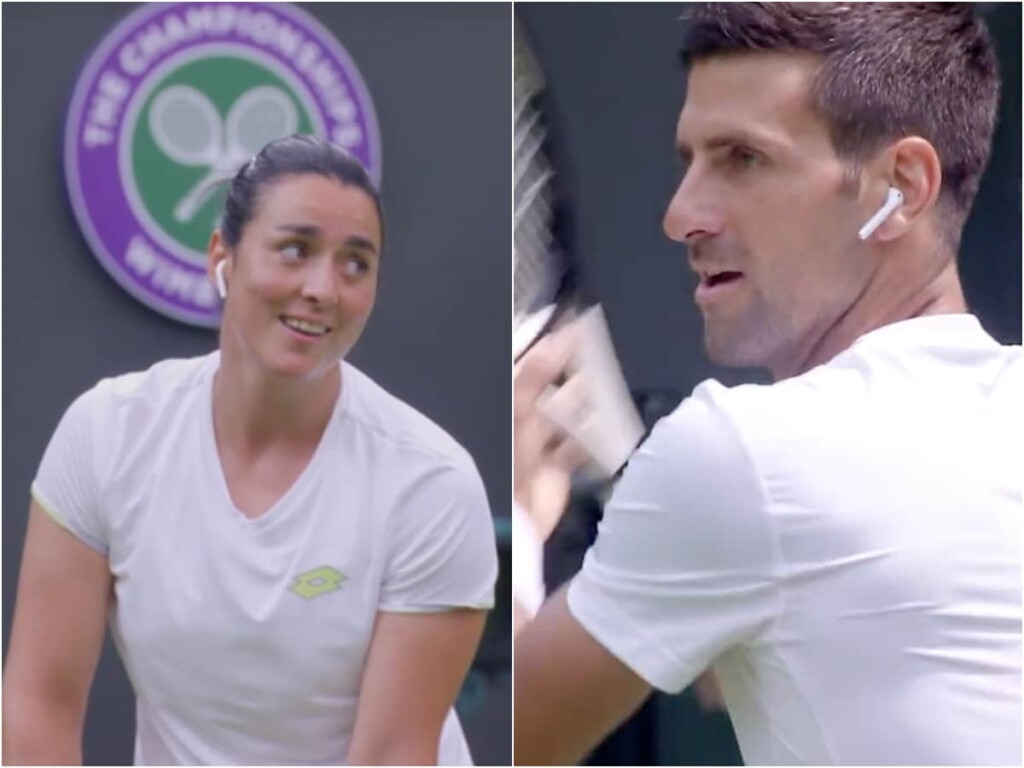
Compared to that period/era, what’s happening now is so normal or boring. A clay court baron like Carlos Alcaraz wins on grass, and a hard court exponent like Daniil Medvedev cruises into the last eight at Wimbledon. This is proof of change for sure. These guys would never have won more than two or three rounds two decades ago at Wimbledon.
Novak Djokovic is entitled to speak his heart out. He is getting old, past 36. The second seed has also been critical of allowing Centre Court as a practice venue of sorts before the first match. Definitely, grass wear and tear is intense, and sliding on the baseline, or shoe marks makes it obvious the “dressing” cannot be perfect for Centre Court. Wimbledon is allowing all this because mic’ed-up stuff happens.
Everything is now a TV, a digital experience, a spectacle. The next time someone utters Wimbledon and tradition, read about the drastic changes which have taken place. It’s not the same as before. Surely, Martina Navratilova, John McEnroe, and Boris Becker will agree!
In case you missed it:
- Aryna Sabalenka gushes over her friendship with Novak Djokovic disclosing how he’s always available to advice her
- “She didn’t do a right decision,” Mirra Andreeva holds no regret in avoiding a handshake with the umpire after the Wimbledon loss to Madison Keys


